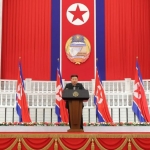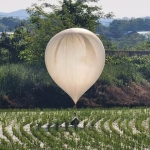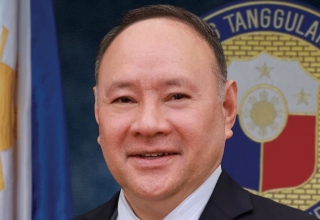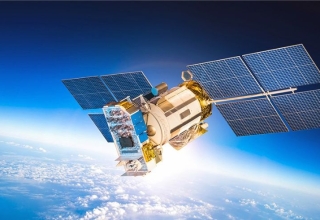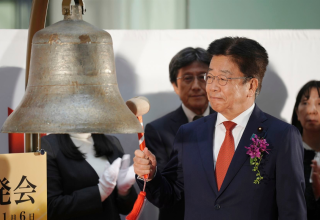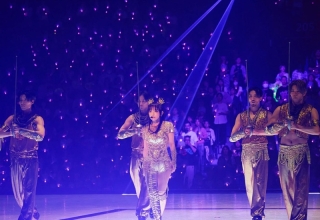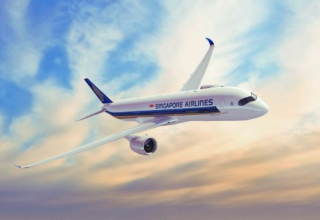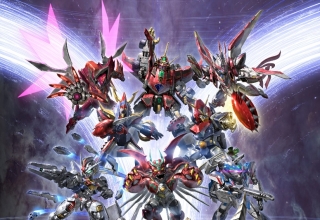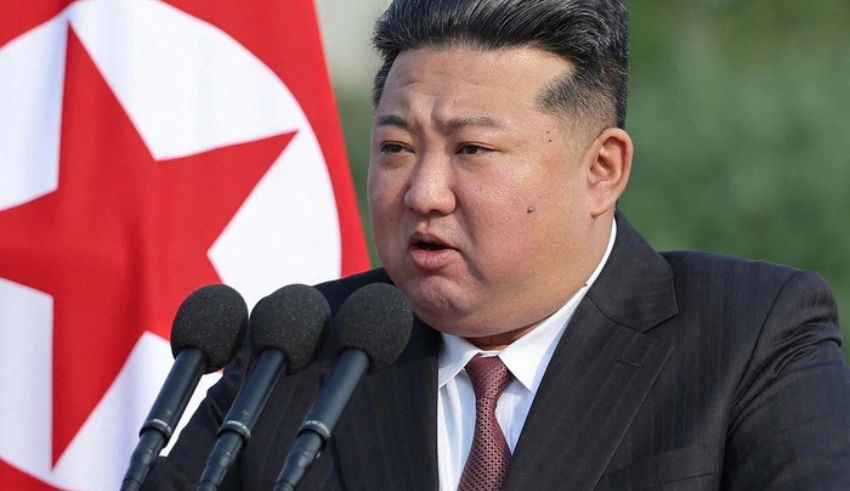
Reacting to mounting tensions with South Korea, North Korean leader Kim Jong Un called a high-level national security conference in Pyongyang on Monday and directly ordered “immediate military action”. With North Korea accusing its southern neighbor of provocations near the border, the conference marked a pivotal turning point in the mounting stalemate between the two countries. Key players in the North’s security apparatus, including the army leader, top military officials, and ministries of state security and defense, were reportedly present in the session according to the Korean Central News Agency (KCNA). With both countries apparently getting ready for possible confrontation, this strategic conference highlights the progressively precarious situation on the Korean Peninsula.
Kim Jong Un took use of the opportunity to detail important chores meant to increase North Korea’s military preparedness, especially in response to what Pyongyang sees as threatening South-east moves. His orders concentrated on enhancing the country’s war deterrent and claiming its right to self-defense, therefore indicating North Korea’s preparedness to respond quickly and forcefully to any more provocations. Kim’s orders have sparked questions about the likelihood of a military escalation in the already unstable area as tensions climb, particularly considering the North’s sizable arsenal including nuclear weapons.
Drone Attacks Feed the Fire
Allegations that South Korea has been flying drones over Pyongyang, supposedly dropping propaganda pamphlets the North has labeled as “inflammatory rumors and garbage,” are the direct source of the present tensions. This charge is consistent with long-standing anti-regime activist behavior in the South whereby balloons have been used to deliver USB drives, pamphlets, and even money across the border But drone use indicates a notable rise in these initiatives, which North Korea has characterized as a major provocation.
Reportedly frustrated with these claimed drone operations, Kim Jong Un issued a warning about more invasions likely being greeted with force. North Korea said in a statement released over the weekend that any more drone activity will be seen as “a declaration of war,” a clear indicator of how severely Pyongyang is handling the matter. The fact that these events have happened so near the highly militarized border between the two countries accentuates the seriousness of the matter as both sides are on constant alert for the prospect of more conflicts.
South Korea Denies Involvement, Still Gets Ready
In response to North Korea’s charges, South Korea has vehemently denied any participation in the drone flights, implying instead that they might have been started by autonomous activist organizations functioning inside the South. Long a thorn in the side of the North Korean government, these groups frequently export anti-government literature beyond the border in an effort to challenge Kim Jong Un’s authority. Although the government of South Korea has denied any official participation, it has underlined that, should North Korea launch any reprisals, its military is totally ready to defend itself.
According to South Korean officials, they are attentively observing the matter and ready to react quickly to any North-based provocations. Emphasizing in a statement on Monday that it is “fully ready” to defend its land and people against an assault, the South Korean government Troops stationed around the border ready to react to any indicators of North-east aggression have the military under high alert. Though they deny responsibility for the drone flights, the South’s readiness for possible conflict shows exactly how seriously Kim Jong Un’s threats are taken.
United Nations Command probes armistice violation
The United Nations Command, which supervises the armistice ending active fighting during the Korean War, has started an inquiry into North’s allegations of drone incursions as tensions between the two Koreas keep rising. Maintaining the delicate peace on the Korean Peninsula falls on the United Nations Command; any armistice agreement breach could have major effects on the area.
The United Nations Command verified in a statement that it is “aware of the North Korean claim” and is looking at the matter carefully. The search will be conducted strictly in line with the armistice agreement, reached in 1953 to stop the active fighting in the Korean War. Although the armistice stopped the slaughter, it did not result in a formal peace treaty, therefore keeping the two Koreas essentially at war. This residual conflict has caused regular tension flare-ups; the current state of affairs is among the most severe of recent years.
Tough Stance on National Security by Kim Jong Un
Kim Jong Un made it plain in the security conference in Pyongyang that he sees the claimed drone flights directly endangering North Korea’s sovereignty and security. In response to the charges, the North Korean leader “expressed a tough political and military stand,” according to KCNA, indicating that his administration is ready to take any action required to guard the nation from outside dangers. With the possibility of military escalation becoming rather possible, his remarks highlight the gravity with which the North is treating the present circumstances.
The security conference’s timing is especially important since it comes just a few days following North Korea’s several missile tests, highlighting its military might. Designed to convey a message to both South Korea and the United States, these tests—which included ballistic missile launches—were generally interpreted as a display of might by Pyongyang. Together with the increased tensions along the border, the missile launches have sparked questions about North Korea maybe getting ready for a more aggressive military stance in the not too distant future.
Keep Reading
The Two Koreas Still Show Technical Wariness
Remember that technically North and South Korea are still at war, hence the Korean Peninsula is still in a condition of unresolved conflict. Although the armistice that ended the Korean War in 1953 brought about a ceasefire, no official peace treaty came of result. Consequently, for decades the two countries have had high levels of conflict with regular flare-ups of violence and claims of provocation on both sides.
The present scenario is only the most recent in a lengthy history of military conflicts between the two Koreas and border incidents. But the use of drones and the progressively hostile rhetoric emanating from Pyongyang have caused others to worry that this standoff might turn into something considerably more severe. Now on high alert both countries have military ready for the likelihood of more strife.
Globally Concerns About Growing Tensions
The worldwide community has paid close attention to the rising tensions on the Korean Peninsula since nations all around show worry about the possibility of conflict. North Korea’s nuclear capacity makes the situation especially unstable since any military escalation might have terrible effects not only for the area but also for the whole globe.
Long a main friend of South Korea, the United States is keenly observing the matter and advocating moderation on all sides. Washington has also made it plain that it will assist South Korea in the case of a military confrontation, therefore increasing the likelihood that any battle would swiftly involve other world powers. Main ally China of North Korea has also voiced worries about the growing tensions and demanded both sides to de-escalate the matter.
The situation on the Korean Peninsula stays tense while the world waits. With Kim Jong Un advocating “immediate military action” and both sides getting ready for the likelihood of violence, the next days and weeks could prove crucial in deciding if peace can be kept or whether the area is bound for another bloody confrontation.
